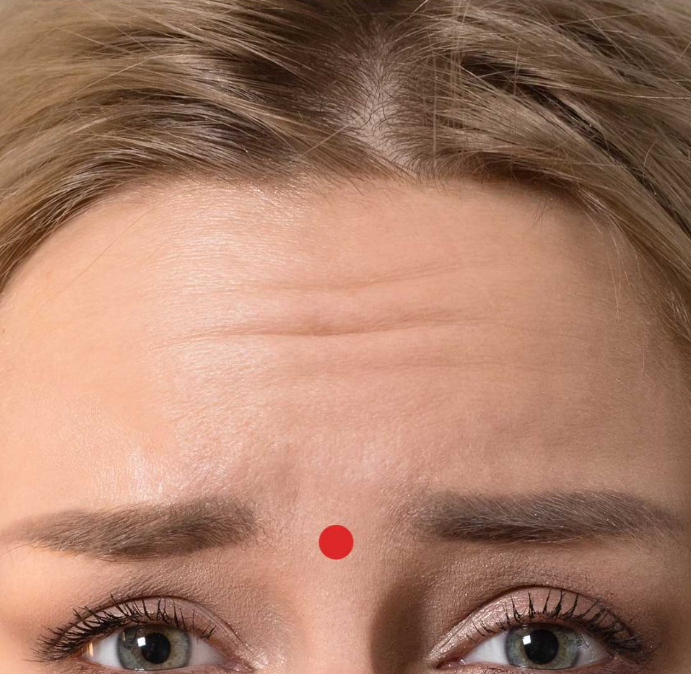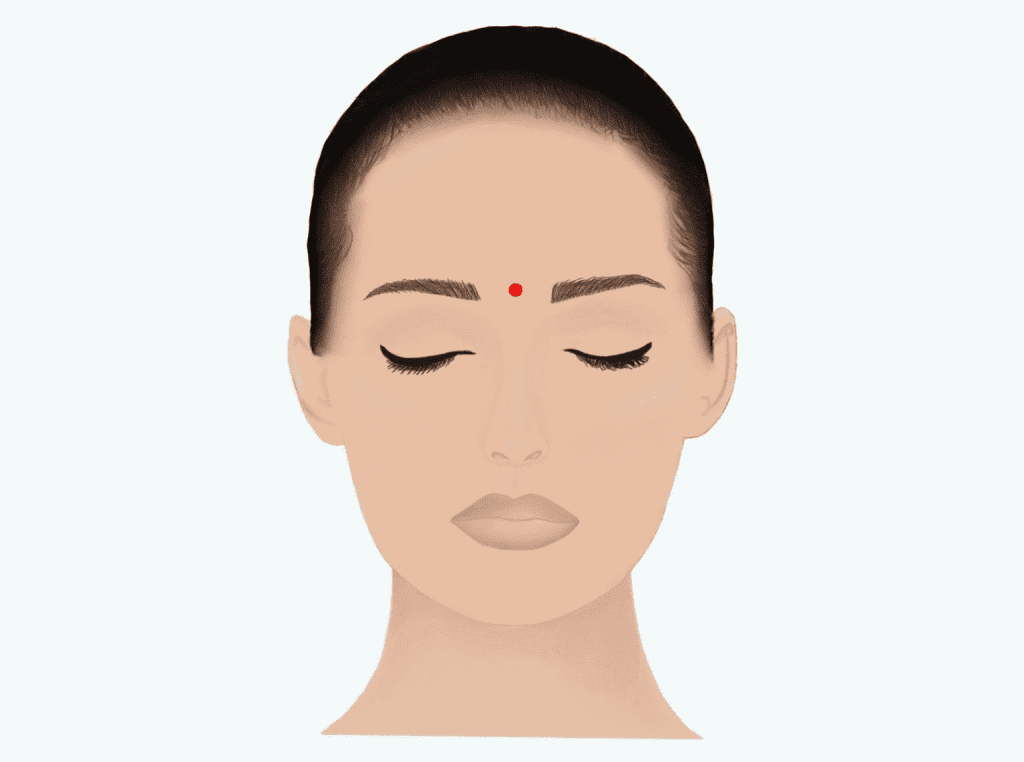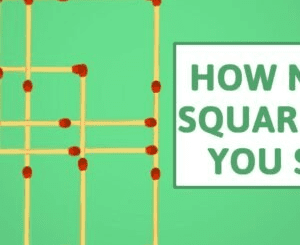Have you ever heard about the mysterious point on your forehead that promises to relieve stress and boost focus? Known as the Yin Tang point, this spot is considered a vital energy center in traditional Chinese medicine, often called the “Third Eye.” Stimulating it has been linked to mental clarity, emotional balance, and even enhanced intuition. Intrigued? Let’s explore the science and benefits of pressing this ancient acupressure point.

The Ancient Art of Acupressure
Understanding Acupressure and Its Benefits
Acupressure is an ancient healing technique rooted in traditional Chinese medicine. It involves applying pressure to specific points on the body, known as acupoints, to promote the body’s natural healing process. Unlike acupuncture, which uses needles, acupressure relies on the touch of fingers, palms, or simple tools, making it accessible for self-care.
The benefits of acupressure include:
- Pain relief
- Improved circulation
- Reduced stress and tension
- Enhanced relaxation and overall well-being
Using acupressure on the Yin Tang point—right between your eyebrows—can have a calming effect, helping you manage stress and improve focus.
Locating the Yin Tang Point on Your Forehead
Where Is the Yin Tang Point?
The Yin Tang point is located at the center of the forehead, midway between the inner ends of your eyebrows. It’s often associated with the Third Eye chakra, a concept in holistic healing believed to govern intuition and mental clarity. In acupressure, this point is considered a key gateway to emotional balance and calmness.
Why Is the Yin Tang Point Important?
In traditional Chinese medicine, the Yin Tang point is said to help balance the body’s energy, known as qi. By pressing this spot, practitioners aim to clear mental fog, promote relaxation, and enhance one’s sense of inner peace. It’s like pressing a “reset button” for the mind, helping you enter a state of tranquility even during stressful moments.
How Acupressure on the Yin Tang Works
Scientific Insights into Acupressure’s Effects
While the precise mechanisms of acupressure are still under investigation, research has shown that it can have tangible effects on the body. Studies suggest that acupressure may influence neurotransmitter activity, reduce cortisol (the stress hormone), and stimulate the release of endorphins—the body’s natural painkillers.
Applying pressure to the Yin Tang point may also activate the parasympathetic nervous system, which controls the body’s rest-and-digest response, helping to calm the mind and relax the body.

How to Stimulate the Yin Tang Point
Follow these simple steps to use the Yin Tang point effectively:
- Find the Spot: Locate the point between your eyebrows, at the center of your forehead.
- Use Gentle Pressure: Using your index or middle finger, press gently on the spot.
- Apply Circular Motion: Move your finger in slow, circular motions while maintaining light pressure.
- Focus on Breathing: Take slow, deep breaths as you stimulate the point.
- Duration: Continue this for 1-2 minutes, or longer if you find it relaxing.
How Pressing the Yin Tang Relieves Stress
Activating the Relaxation Response
When you press the Yin Tang point, it helps to activate the parasympathetic nervous system, which promotes a state of rest and calmness. This action counteracts the fight-or-flight response, which is often triggered by stress. As the parasympathetic system kicks in, you may notice a reduction in heart rate, a decrease in anxiety, and an overall sense of calm.
Alleviating Tension and Headaches
The Yin Tang point is also linked to relief from tension headaches. By increasing circulation to the frontal lobe, this acupressure technique helps reduce head pain and soothe the mind. Whether you’re experiencing stress-induced headaches or simply need to unwind after a long day, this technique can be a quick, natural remedy.

Enhancing Concentration with Yin Tang Stimulation
Boosting Mental Clarity
Stimulating the Yin Tang point is believed to clear mental fog, improve focus, and enhance overall concentration. By calming the mind, it creates a state of alert relaxation, allowing you to process information more effectively. This can be particularly beneficial during demanding tasks or when you need to center yourself before a big presentation.
Reducing Mental Fatigue
Mental fatigue can make it difficult to concentrate and stay productive. The Yin Tang point, by promoting relaxation, can help you refresh your mind and sustain focus for longer periods. Use it as a quick mental pick-me-up when you’re feeling overwhelmed or need a boost of clarity.
Safety Tips and Precautions for Acupressure
Is It Safe to Press the Yin Tang Point?
In general, acupressure is considered safe, but there are a few precautions to keep in mind:
- Avoid Broken Skin: Do not apply pressure to open wounds or irritated skin.
- Be Gentle: Use moderate pressure to avoid discomfort.
- Consult a Doctor: If you have any serious health conditions, consult a healthcare professional before trying acupressure.
- Pregnancy Caution: Pregnant women should seek professional advice before using acupressure, as certain points may affect pregnancy.
Acupressure is a complementary therapy and should be used alongside other healthy practices for optimal benefits.
How Acupressure Compares to Other Stress-Relief Techniques
How Does Acupressure Measure Up?
Unlike meditation or yoga, acupressure is a hands-on approach that can be performed anytime, anywhere. It combines the physical act of pressing with a mental focus, creating a unique blend of relaxation and concentration. For some, it may be more effective because it directly involves the body’s energy pathways.
While combining multiple stress-relief techniques often yields the best results, acupressure offers a convenient option for quick relief during high-stress situations.

Conclusion: Tapping into Ancient Wisdom for Modern Stress
The Yin Tang point offers a simple, powerful way to harness the benefits of ancient wisdom for stress relief and mental clarity. While scientific studies continue to explore the full effects of acupressure, the personal experiences of many suggest that this technique can be an effective addition to one’s self-care routine.
The next time you feel overwhelmed, why not try pressing the Yin Tang point? You might find that a moment of focused pressure is all it takes to restore calm, clear your mind, and help you refocus. Give it a try—your body and mind will thank you!


